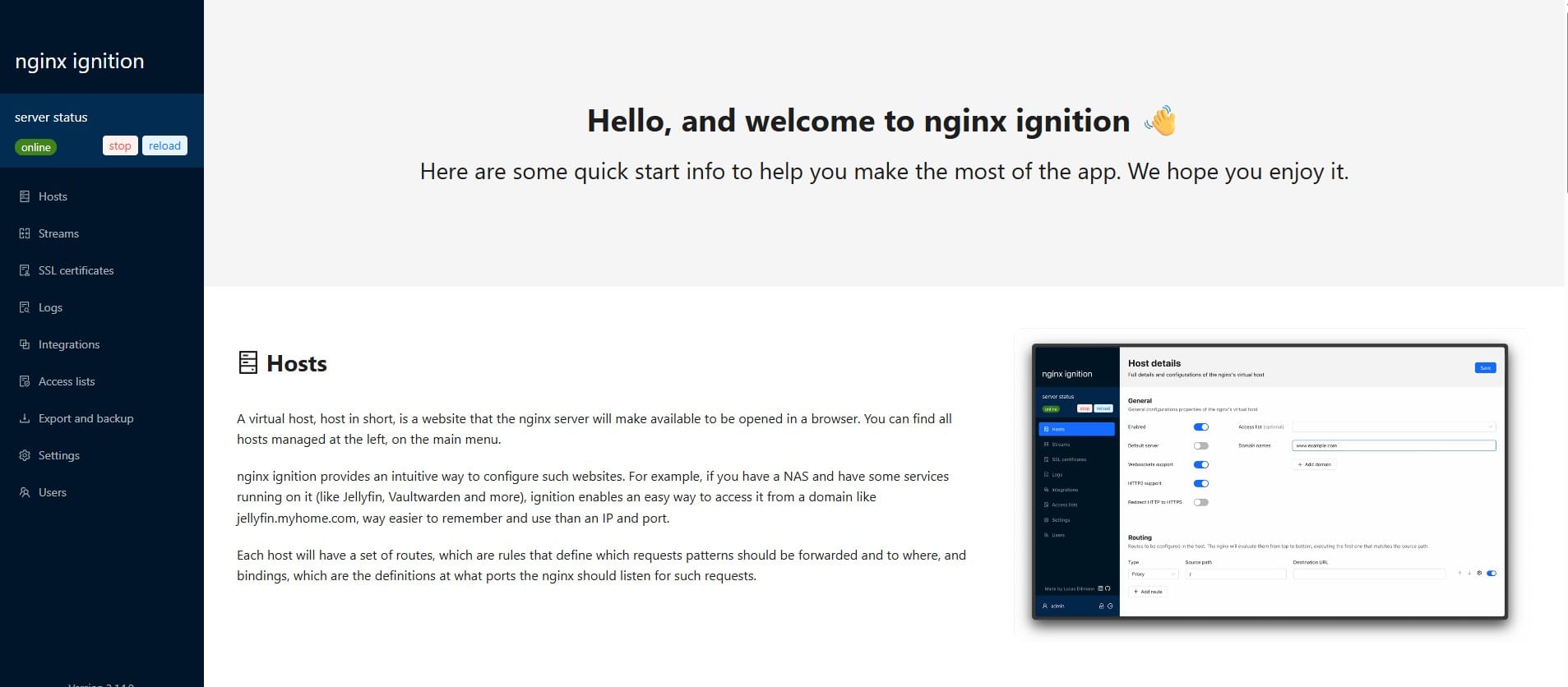Jira Automation Smart Value: Using {{now}} to get current time

The {{now}} Smart Value captures the current date and time in UTC+00:00. This is particularly useful for setting due dates, triggering actions based on the current time, or filtering issues updated within a specific timeframe.
Example of {{now}}
If the current date and time is July 12, 2024, 2:40am UTC:
{{now}}
// returns
2024-07-12T02:40:37.0+0000Date format {{[date].[dateformat]}}
Takes a date and time that you provide, and returns it in a format of your choosing. This is useful for converting the default output for dates (jiraDateTime), to a format that is easier to read. You can add a dateformat to the end of any of the date smart values listed on this page.
The full list of formats are below:
Format | Thursday, November 1, 1979 6:23:12 AM UTC |
|---|---|
Default (none specified) | 1979-11-01T11:23:12.0+0000 |
jiraDate | 1979-11-01 |
jiraDateTime | 1979-11-01T06:23:12.0-0500 |
jqlDate | 1979-11-01 |
jqlDateTime | 1979-11-01 06:23 |
shortDate | 11/1/79 |
shortTime | 6:23 AM |
shortDateTime | 11/1/79 6:23 AM |
mediumDate | Nov 1, 1979 |
mediumTime | 6:23:12 AM |
mediumDateTime | Nov 1, 1979 6:23:12 AM |
longDate | November 1, 1979 |
longTime | 6:23:12 AM EST |
longDateTime | November 1, 1979, 6:23:12 AM UTC |
fullDate | Thursday, November 1, 1979 |
fullTime | 6:23:12 AM EST |
fullDateTime | Thursday, November 1, 1979, 6:23:12 AM Coordinated Universal Time |
format("<pattern>") e.g. format("dd/MM/yyyy") Refer to the Java documentation for pattern syntax. | 01/11/1979 |
Example:
To return current time only
{{now.shortTime}}
// returns
9:30 AMminusHours()/ plusHours() functions.Examples:
Assume your local time zone is UTC+2 (Central European Time).
{{now.plusHours(2)}}
UTC - 7 (Pacific Time Zone):
{{now.minusHours(7).shortTime}}We can also use:
Date difference: {{[date1].diff([date2]).[unit]}}
Returns the amount of time between date1 and date2, in the unit specified. If date2 is earlier than date1, the value returned will be negative.
Example:
For an issue that was created 4 weeks ago:
{{now.diff(issue.created).weeks}}
//returns
-4{{now.diff(issue.created).weeks.abs}} will returns a positive numberDate after: {{[date1].isAfter([date2])}}
Returns true if date1 is after date2, and false if not.
Example:
{{now.isAfter(issue.created)}}
//returns
trueDate same: {{[date1].isEquals[(date2)]}}
Returns true if date1 and date2 are same, and false if not.
{{now.isEquals(issue.created)}}
//returns
falseDate plus/minus unit: {{[date].plus/minusUnit}}
Takes the given date and time, adds/minus the number of the unit specified, and returns the resulting date and time. The units that can be used are:
- Millis
- Seconds
- Minutes
- Hours
- Days
- Weeks
- Months
- Years
- BusinessDays (business days are considered to be Monday to Friday, 9am to 6pm)
Example:
If the current value of {{now}} is 6:31 PM:
{{now.plusHours(7).minusMinutes(15).shortTime}}
// return
1:16 AMConvert timezone date: {{[date].convertToTimeZone([timezone])}}
Takes a given time, and converts it to the time in the given time zone. You can find valid inputs for timezones here (see Canonical ID column).
Example:
{{now.convertToTimeZone("America/Los_Angeles").shortTime}}
//returns
1:17 PMDo you enjoy this blog post?





